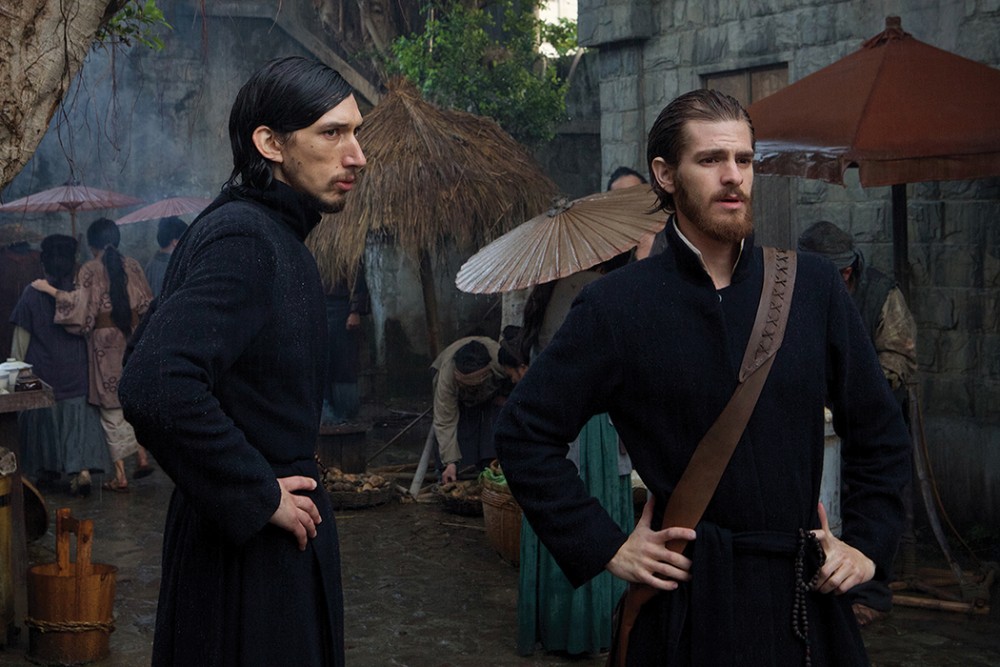When God is silent
Silence is both a historical film and a timeless commentary on power and persecution.

Martin Scorsese’s film Silence is at once a triumph of modern cinema and a masterwork of religious art. Visually, it is close to perfect in its reconstruction of 17th-century Japan. Intellectually and ethically, the film deals with complex and daring ideas that often subvert orthodox Christian assumptions.
Since the earliest ages, believers have known that denying Christ is an ultimate act of rejection and blasphemy and that martyrdom is always preferable. Yet for the tormented priest Father Sebastião Rodrigues (played by Andrew Garfield) in Silence, denying Christ—by means of trampling on the fumi-e, the Christ image—appears to be the only means of preventing the unspeakable torture of innocent Japanese civilians. In this story, apostasy itself becomes a Christian act of vicarious suffering, and the horrific deed is seemingly justified by a voice that might be that of Christ himself—or of a demonic tempter.
It is crass to discuss any film in terms of complaints about what was left out from the book. The film Silence must be taken on its own enormous merits. In this instance, though, knowledge of the book and its author adds immeasurably to understanding the issues raised in the film and the moral dilemmas presented.





